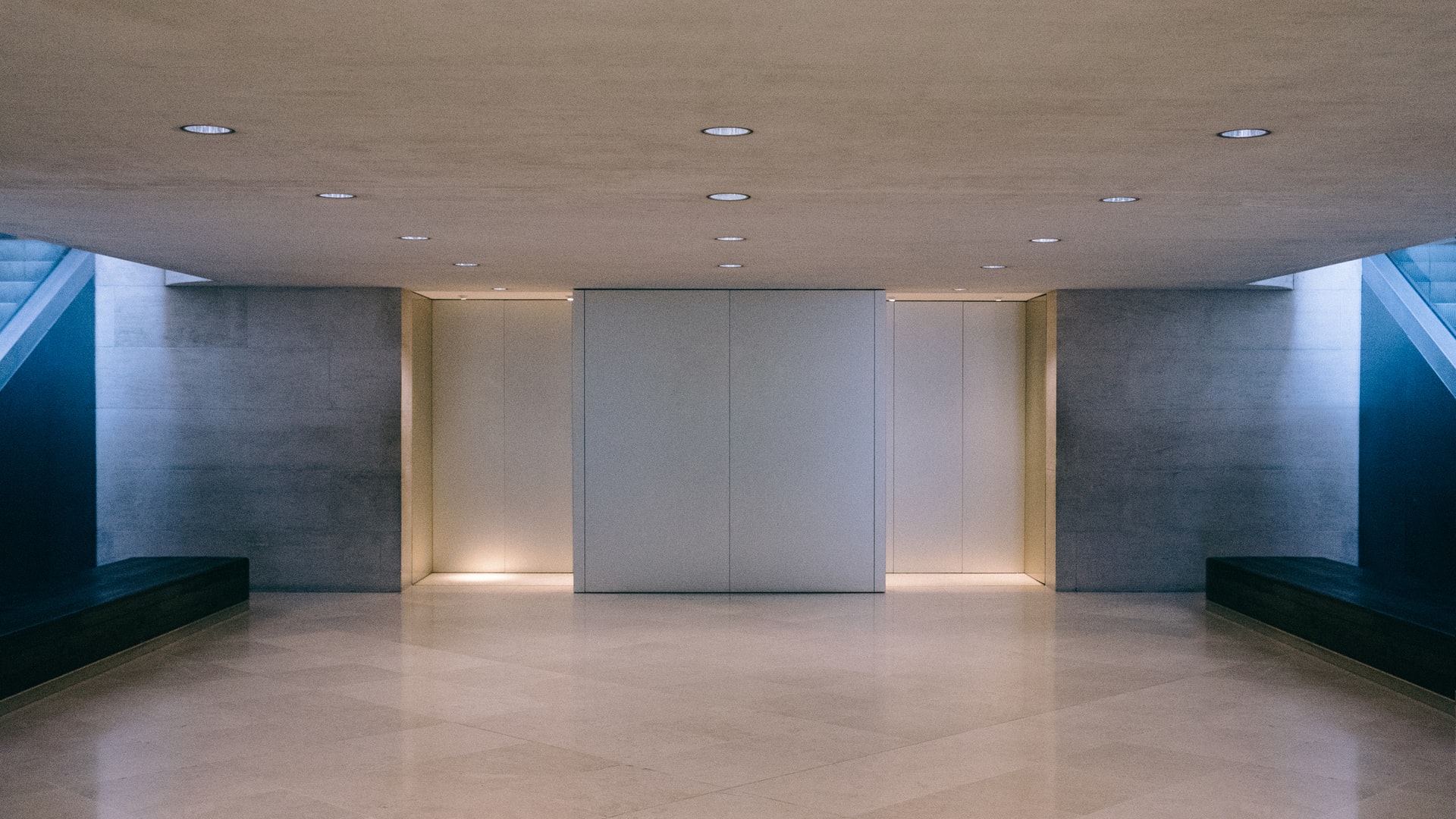Elevators are any device that lifts people or objects vertically. The contemporary elevator is one of the most important technologies of the twentieth century, as it altered the urban scene, architecture, and prompted the reconstruction of tall structures.
The elevator is a mode of transportation that has improved the quality of our lives and made things easier for us. Millions of individuals use the elevator on average four times every day around the world, totaling more than 325 million elevator journeys per day.
Are all elevators, however, the same?
Traction and hydraulic elevators are the two most frequent types of lift parts that we see every day in commercial buildings, hotels, public buildings, houses, and hospitals, providing our smooth movement.
What is the difference between hydraulic and traction elevators?
The primary distinction between traction and hydraulic elevators is how the cabin is moved. Despite their differences, both ensure a smooth and stable movement.
Traction elevators, whether geared or gearless, use a pulley, ropes, and counterweights to operate. The lift’s counterweights allow the cabin to be lifted with minimal energy. In older buildings, the operating system (MR) was frequently located on the roof of the building, however today it is usually located inside the shaft (MRL).
The following is how it works:
- Strong steel ropes will begin to move outside the unit as soon as you enter the elevator cabin and press the button.
- These ropes are rolled over the sheave, which has grooves built in. The sheave can keep a firm grasp on the cables thanks to these grooves.
- When the weight is engaged, the cabin and counterweight balance each other, allowing the weight to teeter.
- This counterbalance conserves energy while allowing the cabin to move in the desired direction.
The hydraulic elevator is another prevalent form of elevator. A piston and a pump are used in hydraulic elevators. The pumping unit is housed in a separate machine room from the piston, which is connected to the elevator. The cab moves easily and softly thanks to hydraulics.
The following is how hydraulic elevators work:
- Within the hoistway, a piston is attached to the elevator.
- The pumping unit is housed in an adjacent machine room.
- The hydraulic system transports pressurized fluid into a cylinder, where it moves the piston for ascension, once the elevator is turned on.
- When the cab descends, the system returns the fluid to its reservoir, allowing it to move without jolting or stopping.
 The Most Important Benefits of Each Elevator Type
The Most Important Benefits of Each Elevator Type
Traction MRL Lifts Have Many Benefits
Mechanical elevators account for the majority of elevators in use today. Because they can transport more people at a faster speed, they are more common in medium to heavy traffic structures, such as large corporate and public service buildings.
When you choose a traction elevator, there is no need for a separate machine room, so you can maximize every square meter. Furthermore, because the device is powered by a small cabinet next to the casing on the upper level, it is suited for regions with limited space.
Traction elevators are 65 percent faster than conventional elevators. A significant benefit is that the faster speed reduces travel time and improves the number of trips and passengers it can transport. Both are critical for a better user experience, particularly during peak hours.
Energy Efficient: The Metron Traction MRL is constructed using the most up-to-date INVERTER technology, consuming 35-45 percent less energy for the same cabin capacity, resulting in lower electrical expenses for the next 30 years, or the life cycle of an elevator.
Smooth ride: Because the traction MRL is unaffected by external factors such as temperature, the ride quality remains consistent even when we have 100-150 starts per hour.
High safety: Even in the event of a power loss, Metron Traction lifts provide perfect floor leveling and automatic release.
The Benefits of Hydraulic Lifts
Hydraulic lifts are the most typical solution for homes and buildings with a few stories and limited elevator usage.
Less shaft space | Larger Cabin: Hydraulic lifts have the advantage of allowing us to build a larger cabin in certain shaft dimensions. The fundamental reason for this is that hydraulic lifts do not have counterweights inside the shaft, which consume up space.
Suitable for pits with very low headrooms: Hydraulic lifts require only a 25 cm pit and 2.5 m headroom, especially in older buildings without a shaft. This makes them the sole viable option because the pit may be dug at the bottom of the stairs and no structural alterations are required for the headroom.
Smooth movement: The hydraulic elevators are equipped with contemporary technology sensors that enable a smooth journey and quick cabin cessation at each floor with optimum precision.
The hydraulic lift is a cost-effective solution for low and medium-rise buildings due to its simplicity (2-5 stops).
Which Elevator Is the Best Fit For Me?
Each project has its own set of technical criteria and specifications, including the building’s height, the number of stops (floors), the intensity of use, the shaft’s proportions, the engine room, and so on.
You can contact Metron professionals to discuss all of the project’s specifications in depth and to assist you in selecting the best option for you.





